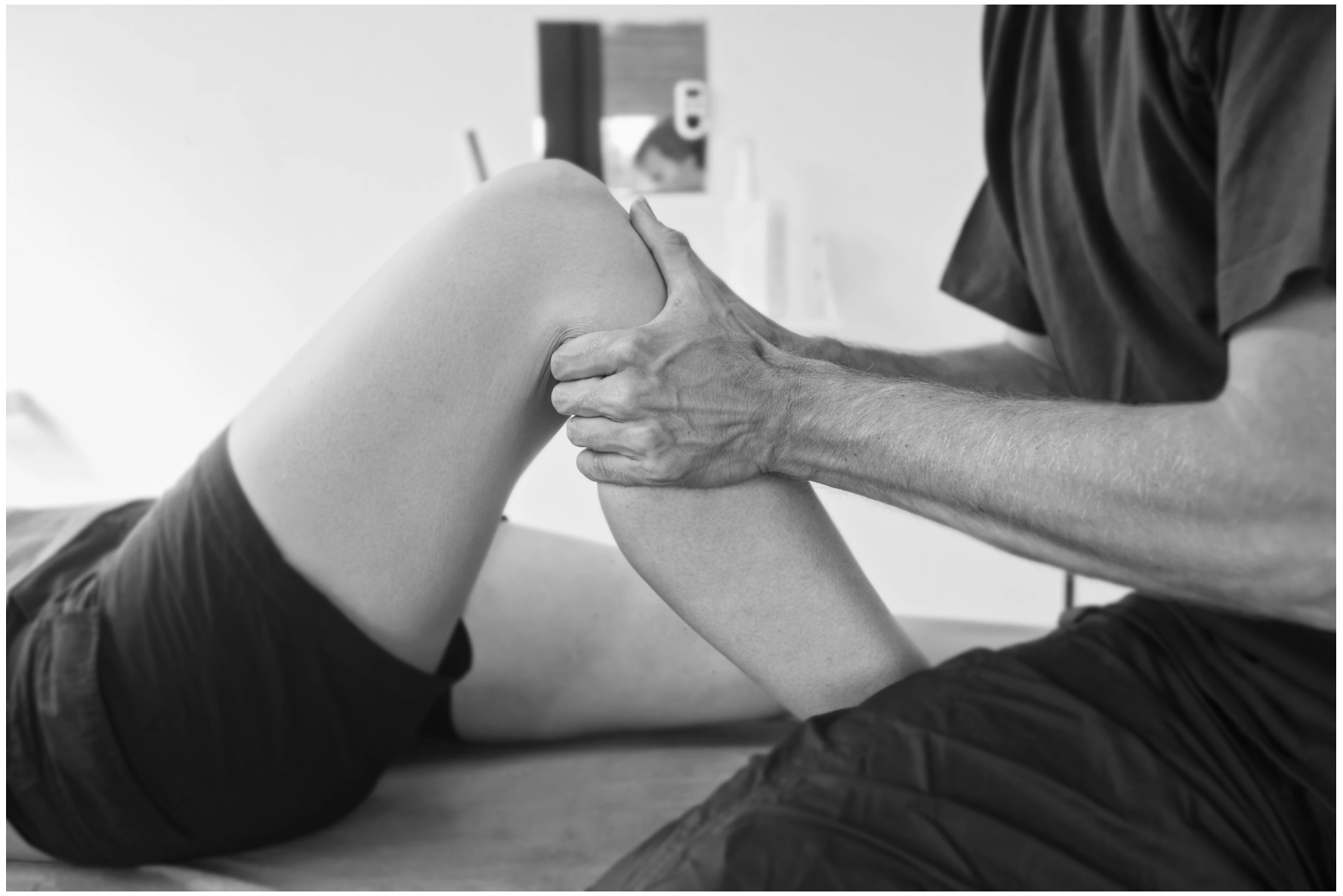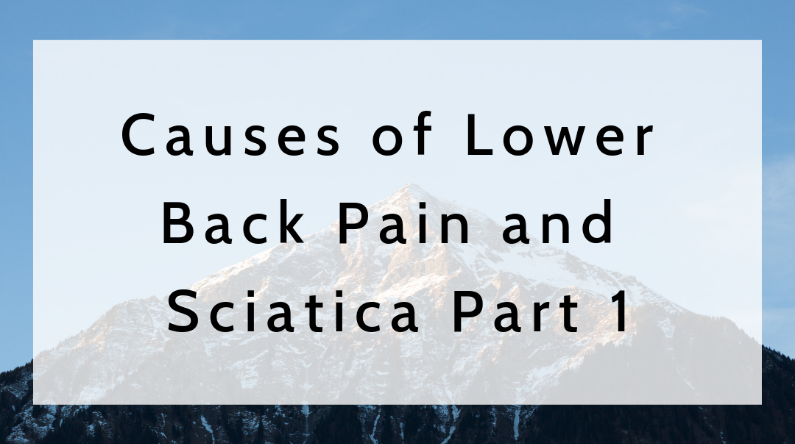Know Your Pain: 4 Common Causes of Knee Pain Part 1
Knee pain is one of the most frequent and limiting issues I’ve seen in my patients over my 10 year span as a health care practitioner. So let’s explore a few common causes of knee pain.
The feeling can be described as sharp shooting, stiffness, swelling and warmth. Along with these symptoms there might be difficulty standing, walking or even going up and down steps or Stairs.
Depending on level of activity they might not be able to walk, work, exercise, play sports or even perform simple tasks which were not problem before. The discomfort can be described as excruciating at times. The first step to treating your knee pain is to determine the cause.
In order to grasp a full understanding of your pain, we must gather some background information. It’s critical to understand the root of knee pain and not just treat the symptoms.
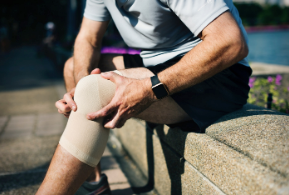
Vital information includes:
- Is it a recent or longstanding pain?
- How long have you had the pain?
- Has the pain been constant or progressively worsening?
Your Patient history is very important. Sometimes you might have an incident occur, that you consider insignificant, but could be a vital clue to pinpointing the best course of action towards treatment.
- Has there been a previous injury to the knee?
- What interventions were performed to recover from that injury?
- Have you had any procedures for the knee or any other joint on that extremity (ankle, hip etc.)
- What is your daily lifestyle/routine, activities including work, sports, hobbies etc.
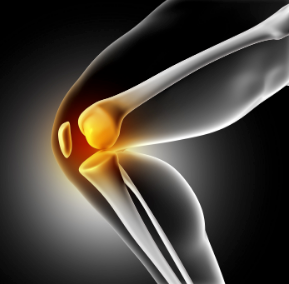
True understanding of the knee pain require comprehension of all involved components.
Typical causes of knee pain include:
Arthritis
Ligament/Joint or Structural Injury
Tendonitis
Movement Dysfunction.
In this post we’re going to discuss arthritis and ligaments/joint or structural injury.
Arthritis
Arthritis is defined as painful inflammation and stiffness of the joint. Arthritis is very common; though we do not have a complete understanding of it’s cause. It can not be categorized as a single disease but is a generic way of describing joint pain or joint disease.
There are over 100 different types of arthritis and related conditions. Arthritis is non discriminatory, affecting all ages, sexes, and races. Based statistics from the Centers for Disease Control, arthritis is one of the leading causes of disability in America.
54 million US adults and 300,000 children have some form of arthritis. That covers roughly 25% of the population.
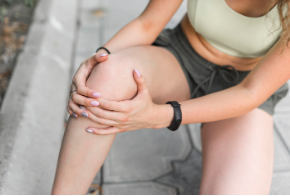
Arthritis is more prevalent among women and occurs more frequently as people get older. The diagnosis of arthritis usually begins with your primary care physician who performs a physical exam and may also do blood tests and imaging to make the diagnosis. Imaging includes X-rays, MRI, CatScan etc.
Signs and Symptoms
- Pain that increases with the initiation of activity
- Swelling of the joint
- Feeling of warmth in the joint
- Stiffness in the knee, especially in the morning or after a period of inactivity.
Ligament /structural damage
Apart from the muscles and tendons, which connect to the knee, there are structural components of the knee. These components include soft tissue and hard tissue. Soft tissues includes tendons, ligaments, and the meniscus (semi soft). Hard tissue includes bone as well as the articulating surface of the joint itself.
Structural damage to Soft Tissue includes:
Strain: A strain is defined as a stretching or tearing of the muscle or tendon which connects the muscle to the bone and Graded 1-3.
- Grade 1: Mild damage to the individual muscle fibers (less than 5%) causing minimal loss of strength and motion.
- Grade 2: More extensive damage to more muscle fibers. Muscle is not completely torn or ruptured. This grade presents significant loss of strength and active motion.
- Grade 3: Complete tear or rupture of a muscle or tendon. This injury might be noticeably felt and unable to move the muscle or joint. This injury will require surgery to reattach the damaged muscle and tendon.
Sprain: A sprain is a stretch or a tear in a ligament. Ligaments connect bone to bone and are also graded 1-3.

- Grade 1: Mild ligament tear slight stretched but stability to the knee will remain.
- Grade 2: Stretch in the ligament or less than 50% tear (partial tear) resulting in some loss of stability to the knee.
- Grade 3: This sprain is considered a complete tear of the ligament resulting in complete instability in the knee.
Structural damage to hard tissue which involves the bones or articulating surface of the joint include:
- Fracture: Defined as a break in the bone or cartilage usually resulting from trauma.
- Contusion (Bone bruise): defined as trauma to the bone that is less severe than a bone fracture.
- Dislocation: defined as an abnormal separation in the joint where two or more bones meet.
Injuries to these structures, soft and hard, are a result of trauma, slip and fall, abnormal joint movement or violent forced to the joint.
Sign and symptoms of injuries include
- Pain
- Swelling
- Unusual deformity
- Instability to the joint
- Inability to stand or bear weight on the leg
This post explored arthritis and ligament/structural damage as two of the most common causes of knee pain. In part 2, we’ll dive into tendonitis and movement dysfunction as the two other most common causes including signs that it may be time for you to talk to your healthcare provider and/or start a physical therapy regimen. You can find it here: Common Causes of Knee Pain Part 2.
How a Physical Therapist Supports Marathon Runners
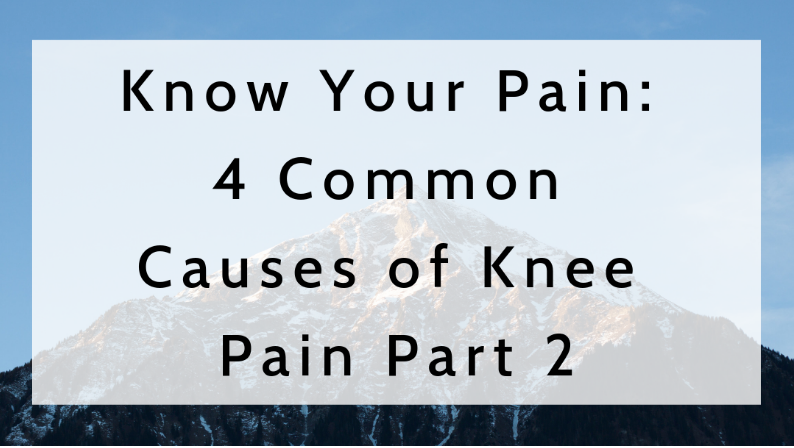
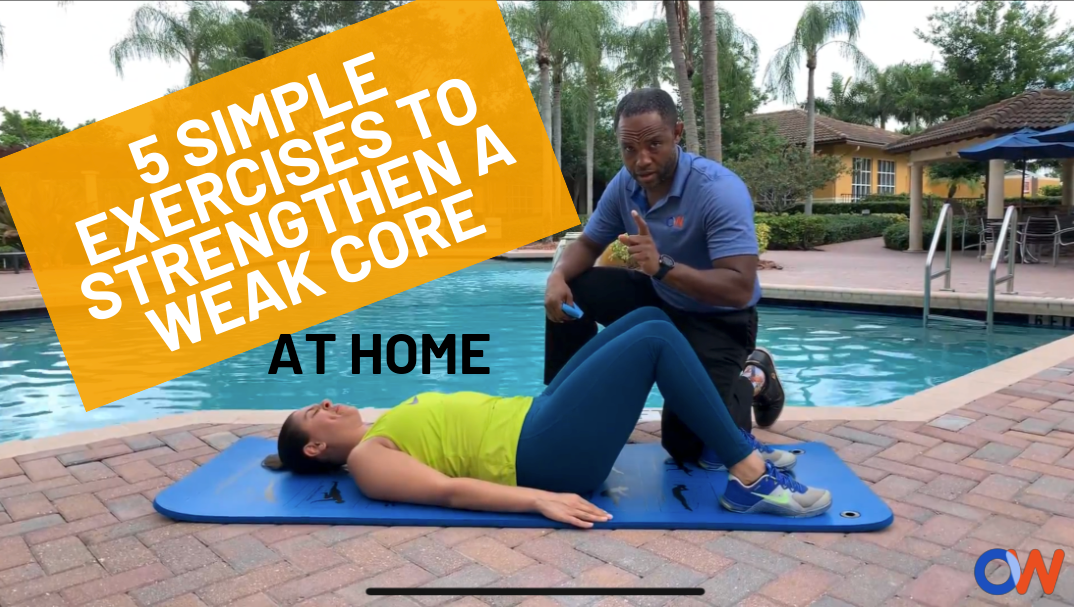

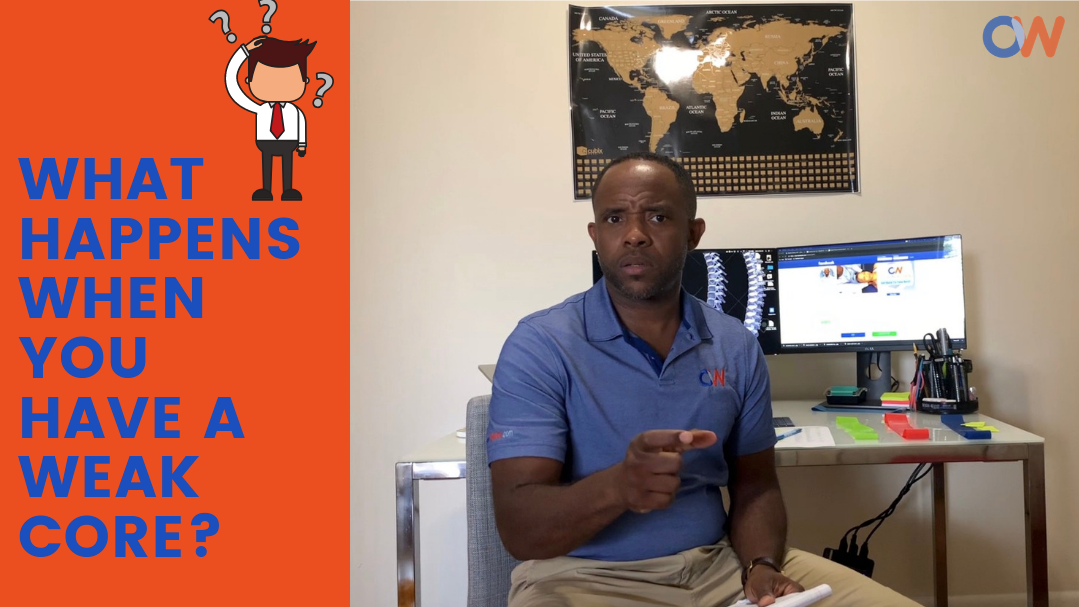
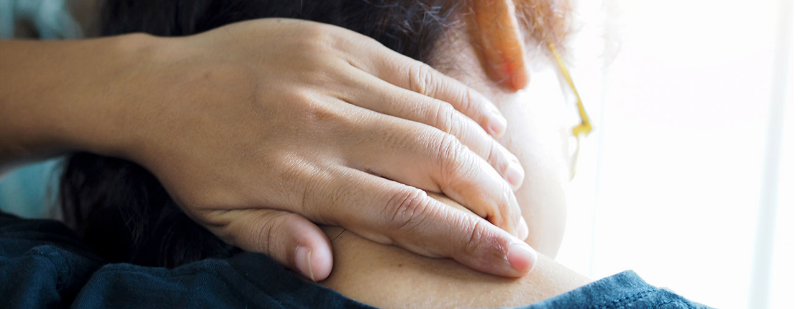

My goal is to enable you to live a pain-free life, with full mobility.
SERVICES
QUICK LINKS
All Rights Reserved | THERAPEUTIC PRESENCE INC | Created by Emily Swackhamer with ZING.work





